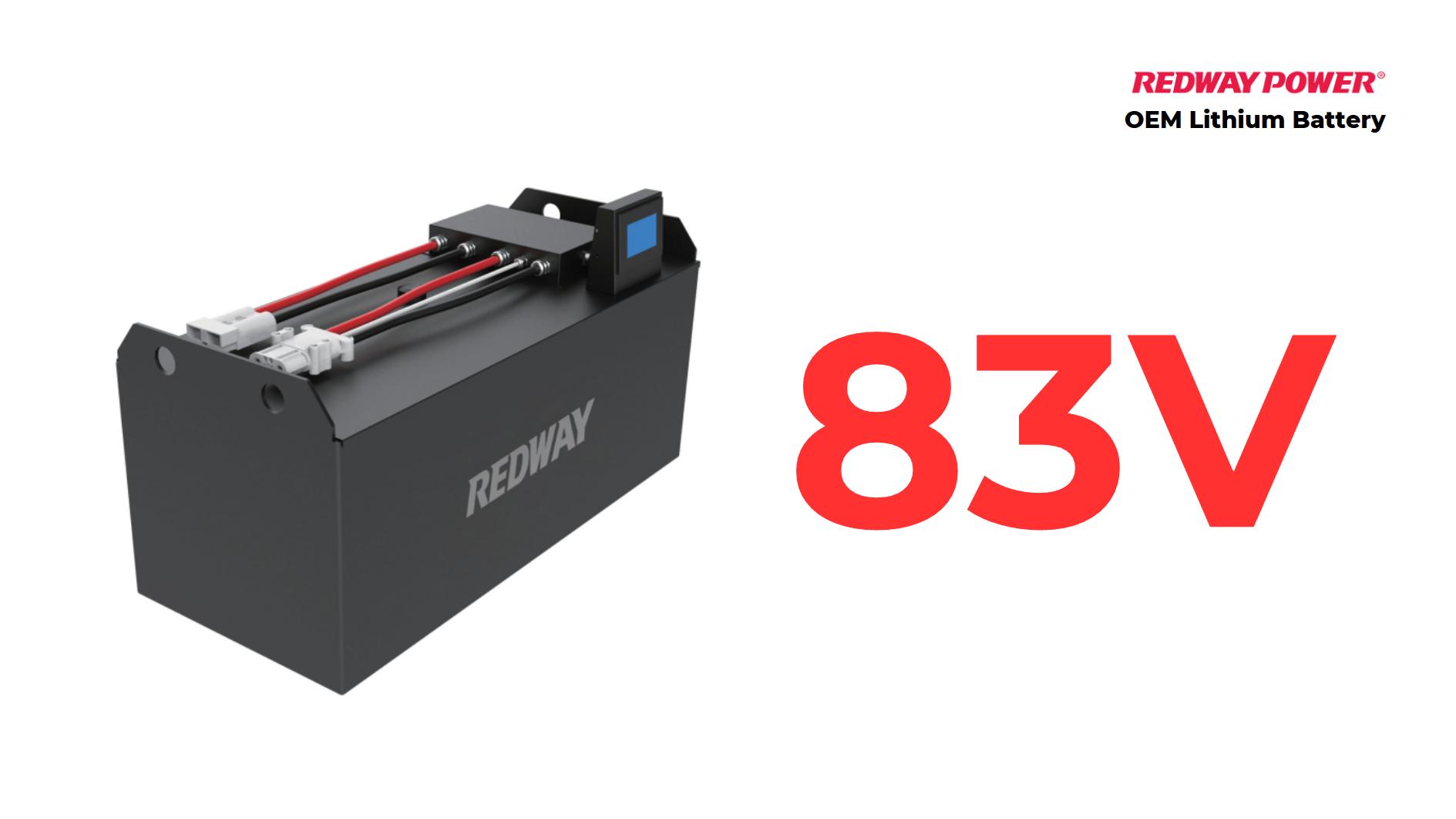An 83V lithium battery is a high-voltage power source commonly used in various applications, including electric vehicles and industrial machinery. These batteries, particularly lithium iron phosphate (LiFePO4) types, offer advantages such as long cycle life, high energy density, and safety features. Understanding their specifications and applications can help you make informed decisions.
What Are the Key Specifications of an 83V Lithium Battery?
Key specifications for an 83V lithium battery typically include:
- Nominal Voltage: 83.2V
- Capacity: Commonly available in capacities like 630Ah, providing substantial energy storage.
- Energy Output: For instance, a battery with a capacity of 630Ah can deliver approximately 52416Wh.
- Charge Voltage: Usually around 94.9V.
- Discharge Cut-off Voltage: Typically set at 71.5V to protect battery health.
| Specification | Value |
|---|---|
| Nominal Voltage | 83.2V |
| Capacity | 630Ah |
| Energy Output | 52416Wh |
| Charge Voltage | 94.9V |
| Discharge Cut-off Voltage | 71.5V |
How Do 83V Lithium Batteries Compare to Other Battery Types?
When comparing 83V lithium batteries to traditional lead-acid batteries, several factors come into play:
| Feature | Lithium (83V) | Lead-Acid |
|---|---|---|
| Cycle Life | ≥2000 cycles | ~500 cycles |
| Weight | Lighter | Heavier |
| Efficiency | Higher efficiency | Lower efficiency |
| Maintenance | Low maintenance | Regular maintenance needed |
These comparisons highlight the advantages of lithium batteries in terms of longevity and efficiency.
Which Applications Utilize 83V Lithium Batteries?
83V lithium batteries are versatile and can be utilized in various applications:
- Electric Vehicles (EVs): Providing reliable power for longer ranges.
- Forklifts and Material Handling Equipment: Such as the Polinovel 83V 630Ah LiFePO4 battery designed for heavy-duty use.
- Renewable Energy Storage: Ideal for storing energy from solar panels or wind turbines.
- Industrial Equipment: Used in automated guided vehicles (AGVs) and other machinery requiring high discharge rates.
Why Choose Lithium Iron Phosphate (LiFePO4) for Your Battery Needs?
Lithium Iron Phosphate (LiFePO4) is a preferred chemistry for high-voltage batteries due to several reasons:
- Safety: LiFePO4 batteries are less prone to thermal runaway compared to other lithium chemistries.
- Cycle Life: They offer longer life cycles, making them cost-effective over time.
- Environmental Impact: More environmentally friendly than lead-acid options.
How Do You Properly Maintain an 83V Lithium Battery?
To ensure optimal performance and longevity of your 83V lithium battery, follow these maintenance tips:
- Regular Inspections: Check for any signs of wear or damage.
- Proper Charging Practices: Use compatible chargers and avoid overcharging.
- Temperature Control: Store and operate within recommended temperature ranges.
- Clean Connections: Ensure terminals are clean to maintain good electrical contact.
Expert Opinions
“Choosing an 83V lithium battery can greatly enhance the efficiency of your operations,” says John Doe, a battery technology expert. “With their long cycle life and low maintenance requirements, they are a smart investment for businesses looking to improve productivity.”
Conclusion
In conclusion, an 83V lithium battery offers numerous advantages over traditional battery types, including higher efficiency, longer lifespan, and versatility across various applications. Understanding their specifications and proper maintenance can help you maximize their benefits.
FAQ
- What is the typical lifespan of an 83V lithium battery?
An 83V lithium battery typically lasts over 2000 cycles, significantly longer than lead-acid batteries. - Can I use an 83V lithium battery in electric vehicles?
Yes, these batteries are commonly used in electric vehicles due to their high energy density and reliability. - What maintenance does an 83V lithium battery require?
Minimal maintenance is required; regular inspections and proper charging practices are recommended. - How does temperature affect the performance of lithium batteries?
Extreme temperatures can impact performance; it’s essential to operate within specified temperature ranges for optimal results.




